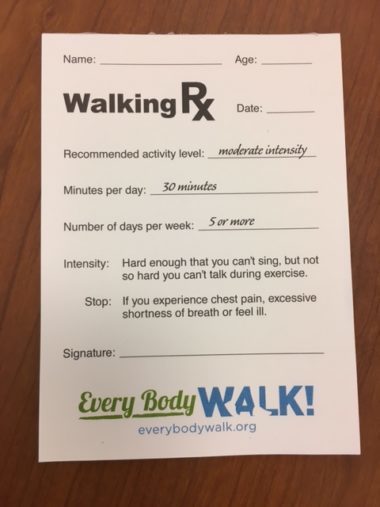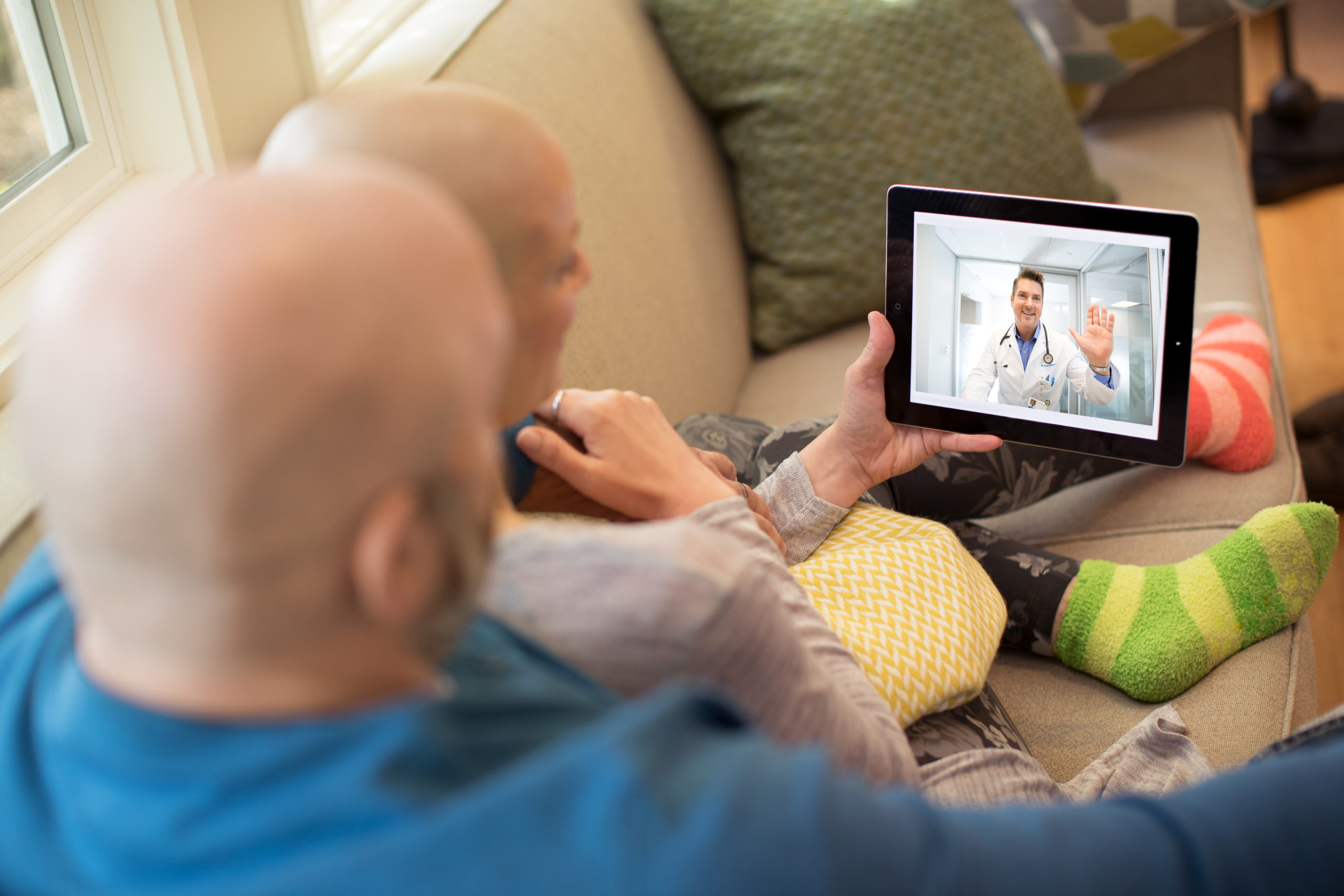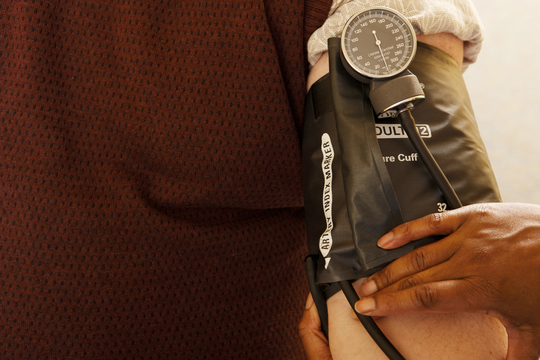Since May is National Physical Fitness and Sports Month, we were reflecting on a meeting at the Center for Total Health a couple years ago with the American College of Sports Medicine (ACSM) to address key issues related to establishing a physical activity prescription at every visit as a medical standard of care. Kaiser Permanante’s own Robert Sallis, MD, was in attendance and helped lead a walking break to visit the Supreme Court.
A lot has happened since that meeting. A white paper was published summarizing the call to action and an article was published in the American Journal of Medicine on June 3, 2016. Vital signs such as blood pressure, heart rate and other metrics are used to understand the potential root of health issues. They can inform clinicians about the likelihood of future diseases and your potential health status. Smoking, tobacco use and other metrics have been used as predictors of health for years.
Several large health systems are now monitoring physical activity as a vital sign, including Kaiser Permanente, Intermountain Healthcare (UT), and Greenville Health System (SC). The process is simple. A health care team member asks two questions: 1) On average, how many days per week do you engage in moderate-to-vigorous physical activity? And, 2) On average, how many minutes do you engage in physical activity at this level?
“As a physician, we know simple steps can have a huge impact on someone’s health,” Sallis said. “You don’t have to join a gym or commit significant amounts of time to exercising. Physical activity is about movement and that movement can make all the difference on your long-term health.”
This more proactive approach offers patients a chance to partner with their care provider on more personalized interventions to improve their health, Sallis said.
Kaiser Permanente of Southern California recorded and 85 percent capture rate for 2.1 million members during the first year. The experience at Kaiser Permanente and other health care systems shows that physical activity can be captured by any medical assistant or member of the care team as part of the routine vital signs process.
“We are currently working with the ACSM and Exercise is Medicine initiative to establish exercise as a vital sign (EVS) around the world. At Kaiser Permanente, we’re proud to be a leader in this space,” Sallis said. “Currently, more and more health care organizations are adopting EVS and we are working on establishing a HEDIS measure around assessing exercise in adults.”



